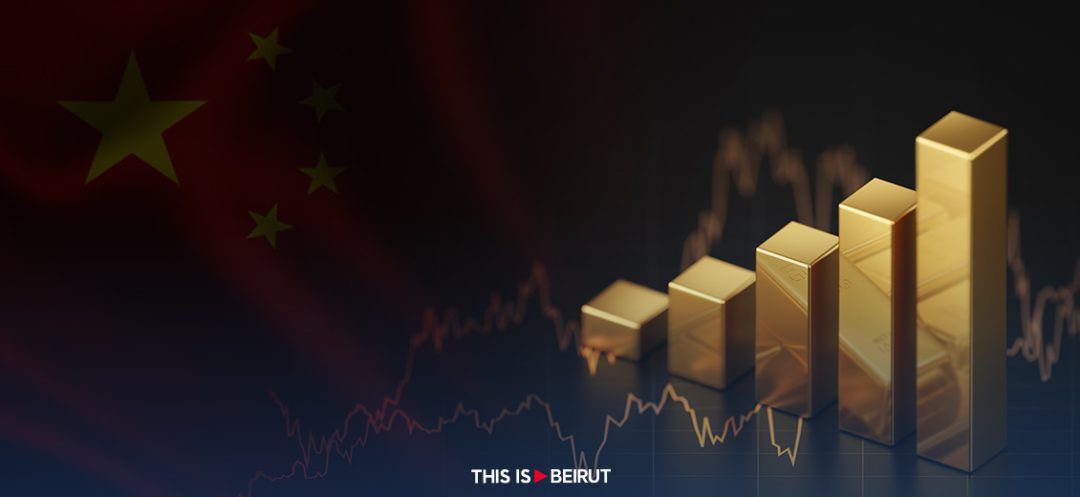
Since the beginning of the year, the price of gold has been skyrocketing, driven by expectations of a decline in interest rates by the US Federal Reserve, which boosts the yellow metal, alongside substantial purchases by China. On Wednesday, gold was trading at $2,354.22 per ounce, marking a surge of about 15% in just one year. Gold remains a safe haven investment more so than ever before.
The price of gold reached historic highs, nearing $2,355 per ounce on Wednesday. This marks a new record for the precious metal, whose price has surged by 15% in a year. Factors such as currency rate declines, inflation, sanctions, interest rate drops, real estate decline (in the United States), and dwindling consumer confidence further reinforce predictions that the Federal Reserve (Fed) will soon lower down its rates.
Amidst a tense international geopolitical climate, gold becomes as a safe-haven asset, especially amidst the Gaza conflict between Israel and Hamas, and the Red Sea attacks by the Houthis which are causing a disruption in maritime transport.
As such, gold has become a reliable asset, especially for countries that depend on its production. This is precisely why Zimbabwe’s Central Bank decided to launch on April 5th a new gold-indexed currency.
As a major gold producer, Burkina Faso, targeted by international sanctions since the September 2022 coup, decided at the end of February to stop the export of artisanal gold. This strategic move aims to revamp the sector and boost state revenues through the implementation of various reforms.
According to the World Gold Council, over the past five years, African central banks have seen a remarkable 14% increase in gold reserves. In this context, Algeria topped the list with around 173 tons in reserves.
China’s Gold Reserves Stand at Roughly 5,220 Tons
While gold is traditionally considered a safe haven during economic and geopolitical turmoil, its recent price increase from $1,630 per ounce in 2022 to a record-breaking $2,355 may be perceived as unusual.
The price increase in 2024 deviates from the usual correlation with interest rates. The substantial accumulation of gold by China may be driving the current spike. Unofficial estimates suggest that China's gold acquisitions, including both declared and undeclared purchases, far surpass official figures. China reportedly acquired 179 tons of gold in the last quarter of 2023 and 593 tons since the beginning of 2024, marking an 80% increase compared to the first three quarters of 2023. Consequently, China's alleged gold reserves can be estimated at 5,220 tons, more than double the official figure.
These massive purchases are reportedly justified by global geopolitical tensions and the trend towards de-dollarization. If unofficial outlooks prove accurate, this would imply that China's gold reserve is not far behind that of the United States, which stands at 8,133 tons.
Additionally, it should be noted that the price of gold, like all commodities, is affected by fluctuations in supply and demand.
In fact, the gold treasury influences its price. However, production of this gold metal in mines tends to decrease, leading to dwindling reserves. If demand outstrips supply, the price will rise accordingly.
Read more




Comments